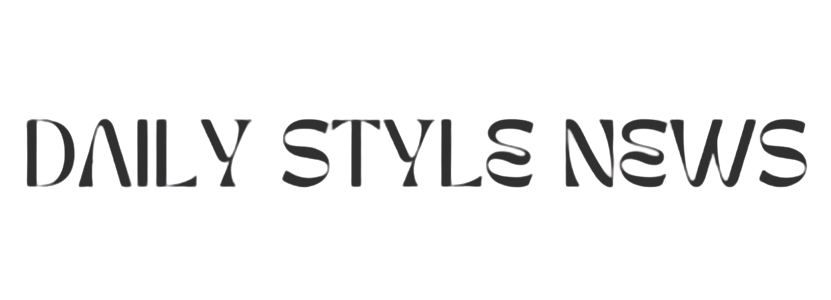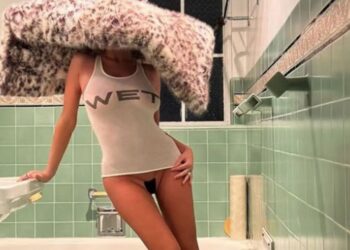The Korean fashion and beauty industries have a substantial global influence, driven by the success of K-pop, K-drama, and Korean culture as a whole. Korean skincare and makeup brands are adored worldwide for their innovative products and successful marketing. Moreover, Korean fashion designer brands also hold significant sway over international trends, solidifying Korea’s prominent position in the global fashion scene.
Evolution of Korean Fashion and Makeup
South Korean fashion, beauty, and makeup have become quite popular globally. Commonly referred to as K-fashion, K-beauty, and K-style, the increasing popularity of K-pop and K-dramas has accelerated their growth. The global youth population has readily embraced Korean fashion and beauty, driven partly by the surge of beauty bloggers, vloggers, and various social media platforms. The triumphant emergence of all-encompassing K-pop festivals has also played a pivotal role in this phenomenon.
History
Korean hanboks were the preferred garments during the Joseon period (1392-1897). Hanboks have a blouse, loose-fitting pants or skirts, and a fitted jacket. These clothing items were common for both the regular population and the elite, with the only difference being that the elites opted for more extravagant versions. In terms of makeup, it was traditionally simpler and used natural materials.
//www.instagram.com/embed.js
The South Korean fashion industry emerged in the late 1800s, influenced by Western and Japanese styles. During the same period, Korean fashion and makeup evolved and started losing its traditional elements.
The early 20th century saw Koreans adopting Western fashion because of the Japanese occupation from 1910 to 1945. The government’s promotion of modernization led to several changes, including the abandonment of traditional top knots, the adoption of suits by men, and the introduction of fresh hairstyles for women, epitomized by the ‘Gibson Girl’ look. Additionally, the 1920s witnessed the popularization of the ‘flapper’ style from the Western world. These shifts in fashion harmonized with evolving social and work norms.
Later, during the Second World War, fashion transformed into a more militaristic style, continuing up until the Korean War. Poverty and fabric shortage led to simple clothing with dark colors. Hanboks were still popular, but mainly among women. Makeup was almost natural, without any glamor.
Post-Korean War, the fashion landscape underwent a surge of modernization in the 1950s. This era witnessed the rise of fresh trends, including crimped hairstyles, the proliferation of swimsuits, and the adoption of more vibrant makeup choices influenced by the United States. This period also marked the inception of the contemporary fashion industry. December of 1954 saw the International Western Clothing Company pioneering the first fashion education programs in Seoul, South Korea. Seoul’s Namdaemun Market and Dongdaemun Market flourished and became hubs for creating their own clothing lines. In 1957, a significant milestone was reached when Korea’s first fashion show showcased the creations of Nora Noh, the country’s inaugural fashion designer. It marked the emergence of fashion design as a viable and esteemed career path in Korea.
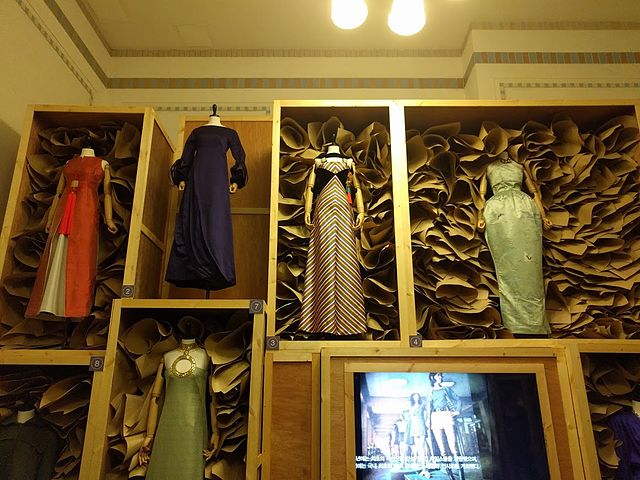
This momentum continued in the 1960s with a new fashion wave encompassing miniskirts and makeup. Western musicians like the Beatles were a major influence on Korean fashion. At the same time, the government promoted using natural fibers as they are more economical. Its ban on importing and selling international products led to the birth of the Korean makeup and cosmetics industry.
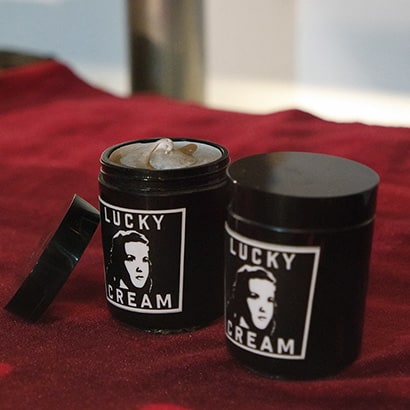
The year 1962 saw the birth of the first Korean cosmetic, “Lucky Cream,” by LuckyChemical (now LG Chem). In 1964, South Korea also exported its first cosmetics under the brand “Oscar” of Pacific Chemical (now Amorepacific).
By the 1970s, the common consumer became the trendsetter instead of the designer. There was a marked increase in the production of off-the-rack clothing brands and department stores due to urban modernization. At the same time, Park Chung Hee, president, conservatively led the country, resulting in fashion becoming a symbol of rebellion. Among the youth, fashion manifested through elements like hot pants, miniskirts, long hair, and the insurgence of punk attire. Audacious accessories like oversized hoop earrings and stylish sunglasses further accentuated this protest. Additionally, women’s hemlines underwent a noticeable transformation, trending towards shorter lengths.
During the 1980s, yet another fashion movement steered by the youth took center stage, embracing a more casual aesthetic. This era saw the prominence of T-shirts, jumpers, and blue jeans as standard attire. Makeup trends showcased vibrant hues, particularly focusing on eyeshadows and blush, creating distinctive and bold looks.
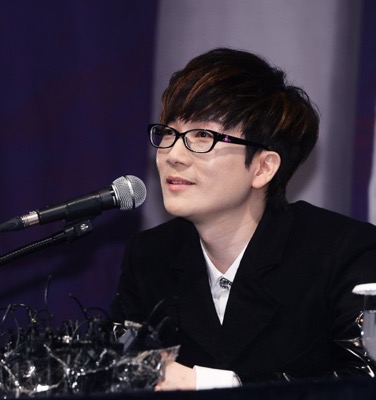
In the 1990s, the emergence of Korean Pop (K-Pop) profoundly influenced the realms of K-Fashion and K-Beauty. Pioneered by the inaugural K-Pop group Seo Tae-ji and Boys, this period bore witness to a transformative chapter in Korean fashion, characterized by their rap and hip-hop aesthetic, which reflected a nascent music trend of that era. At the same time, a fusion of Western music and fashion elements, including the grunge style, was embraced by the youth, who christened it ‘resistance fashion.’ Korean fashion designers also garnered international acclaim. Notably, Lee Cinu made history by becoming the first to present their creations in Paris, underscoring Korea’s growing recognition on the global fashion stage.
The makeup industry grew alongside new products like BB creams, skin-lightening lotions, and tightening creams. Distinct from Western trends, K-pop celebrities became beauty icons, influencing body and skin consciousness. Furthermore, Korean men have also embraced these makeup trends, often incorporating elements like foundation or BB cream into their routines.
From 2000 onward, K-fashion and K-beauty have consistently left their mark on the global market. Empowered by smartphones and internet access, local and global consumers have unfettered access to Korean fashion and beauty items, displaying unwavering resilience in the face of competition.
The Now of Makeup and Beauty Industry
According to Statista, the cosmetics market is projected to reach US$1.74 billion in revenue in 2023, and the market is expected to grow annually by 2.20% (CAGR 2023-2028). The United States is one of the biggest international consumers of South Korean cosmetics.
Korean brands’ innovation offers a contemporary and enjoyable experience, allowing consumers to create personalized routines – a key interest area. South Korean beauty gained global prominence around 2011 when the US began importing its products. These products introduced novel ingredients like bee venom and snail slime, capturing consumers’ interest with their affordability and science-backed claims.
International investors are closely monitoring the Korean beauty sector’s expansion and actively seeking opportunities to invest in the realm of ‘K-beauty.’ In 2016, Goldman Sachs allocated $6 million to secure a majority share in the cosmetics brand A.H.C. Additionally, LVMH Moët Hennessy-Louis Vuitton, the global leader in luxury brands, has obtained a $7 million minority interest in the cosmetics manufacturer CLIO.
//www.instagram.com/embed.js
Post Covid-19, consumers have moved on from the rigorous 10-step skincare routines and have adopted a pared-down approach. “Skinimalism” is the latest beauty trend where consumers opt for a streamlined beauty regime with fewer products. There are more hybrid products, such as using a BB cream and avoiding separate foundation and moisturizer. Although not as prominent as skinimalism, a trend called ‘skip care‘ is emerging among younger Koreans. This approach involves identifying essential ingredients in beauty products and eliminating unnecessary elements, reflecting a shift towards simplicity.
The Now of the Korean Fashion Industry
Korean fashion has become synonymous with style, price, convenience, and culture. No matter where in the world, K-fashion brands have become a ‘must-have’ for all. Whether it is Gentle Monster or Ader Error, Korean brands are on point in launching trending products with exceptional details, high quality, and prices much cheaper than other designers, although not comparable to SPA brands. K-Fashion is also inseparable from Hallyu, making clothes worn by artists purchased by fans rapidly. All this wouldn’t work if the e-commerce lagged behind. K-Fashion brands have optimized for e-commerce by shipping their goods worldwide, and that too at reasonable prices.
From the innovative ‘style’ that transforms design to the competitively ‘priced’ offerings in comparison to other global brands, to the rooted ‘culture’ that underscores a strong brand identity, and the seamless ‘convenience’ tailored for e-commerce purchasing, Korean fashion brands are making waves in the fashion industry.
//www.instagram.com/embed.js
Painters, Humant, and Lesugiatelier are some of the latest brands from Seoul to gain international recognition. Each of these brands is unique in its interpretation of modern fashion and surpasses traditional Korean fashion’s boundaries.
//www.instagram.com/embed.js
Modern K-Fashion & K-Pop Idols
Contemporary K-pop artists have broken away from the traditional pressures and are open to expressing themselves without any restrictions. The K-pop culture of the past no longer constrains them.
NewJeans, the breakout idol girl group that debuted last summer, stands out due to its association with a female CEO, Min Hee Jin, a rarity within the industry. This group is distinct in its simplicity – no corsets, ball gowns, overbleached hair, or stiletto nails. Consisting of five high school-aged girls, they present themselves authentically, characterized by black, hip-length hair and vibrant performances of ’90s-style teen pop, complete with infectious smiles.
//www.instagram.com/embed.js
Wrapping Up
The growth of online clothing retailers, the introduction of renowned brands, and the rise of indie designers have elevated K-Fashion to its current prominence. Seoul now vies with iconic Western fashion capitals like Paris and New York. The trajectory of Korean fashion and makeup beyond this point promises intriguing developments.
South Korean beauty’s widespread appeal has been achieved by aligning itself with Western beauty ideals. This connection resonates with Western consumers, especially the younger generation, who value self-care and self-nurture through beauty routines.

